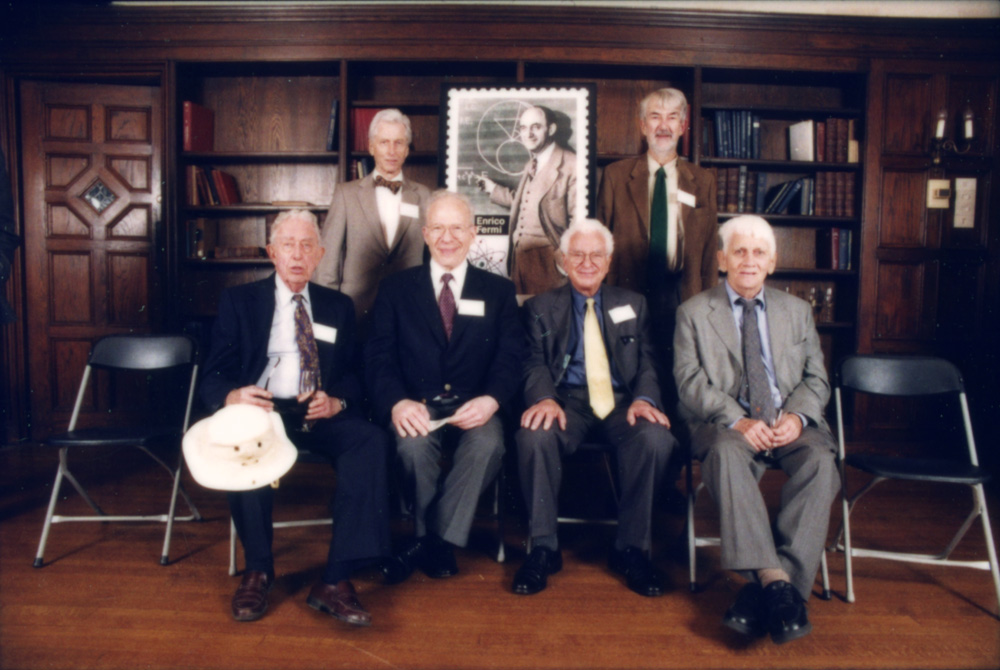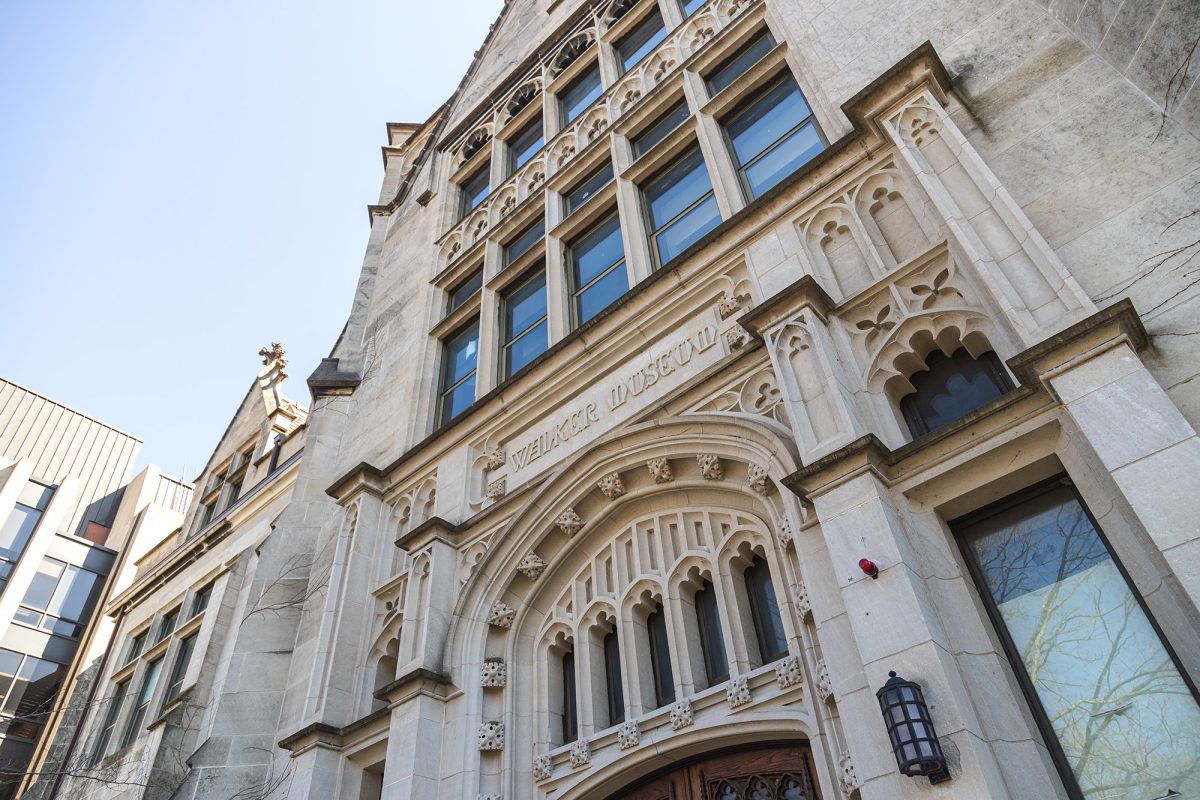On Sunday, November 4, the Chicago Transit Authority (CTA) will enact a slew of fare increases and service cuts. Their impending implementation has loomed over Chicago public transit commuters for months.
Thirty-nine bus routes will be eliminated across the city, leaving 314 fewer buses in service during weekday peak hours. These cuts will result in layoffs of more than 600 employees. Additionally, CTA passengers using cash or transit cards will have to pay $2.50 for bus and off-peak train rides and $3.00 for train rides during peak hours—increases of between $.50 and $1.25 depending on the payment method. For Chicago Card and Chicago Card Plus users, bus and rail fares will be raised from $1.75 to $2.00. The prices of unlimited ride day passes will also be increasing, although transfers will remain at $.25
And this is only the beginning—further cuts are scheduled for January 6 that would give 43 more bus routes the axe and raise fares even higher. The CTA is not the only public transit system scaling back service, either: Pace, the bus system serving the suburban areas around Chicago, will also be introducing service cuts and fare hikes next Sunday, and Metra may have to follow suit in the coming months.
These changes stem from insufficient funding from the state capital.
“Public funding for transit in Northeastern Illinois, which was established by state law 24 years ago, has not kept pace with inflation or with the steadily increasing demands on transit,” said a section on the CTA’s website explaining the changes. “Transit needs additional funding in order to accommodate population growth, job growth, the end of federal operating support, and the rising costs of fuel and security.” In contrast to many other large cities in the U.S., public funding in Chicago covers a relatively small part of the public transit’s operating cost, leaving it underfunded and unable to cope with these populace and cost changes.
To add to its troubles, the CTA is required by law to submit a balanced budget and therefore cannot run a deficit as a governmental body would. “The CTA has no choice but to do what they’ve put out there,” said Brian Shaw, the director of transportation and parking services at the University. “They have to run the system on what resources they have, and if they’re not adequate, they have to cut service. It’s all contingent upon state funding.”
In an October 12 letter to all Chicago Card owners, CTA president Ron Huberman (A.M., M.B.A ’00) stressed the importance of a decision in the legislature, declaring that the CTA has done all that it can.
“[We] reduced our costs by over $38 million this year alone—without impacting service. The CTA and its unions have also agreed to an unprecedented five-year contract, contingent on legislative action, which would enable the CTA to reduce costs and manage itself more like a business,” Huberman wrote. “The Illinois Legislature, however, has yet to pass the bill that would give the CTA authority to put these reforms in place. This inaction is costing the CTA more than $11 million each month.”
As of this week, the necessary funding has not yet been allocated, and any possible solution to the CTA’s woes lies in a tangle of legislation in the Illinois State Legislature. A Senate-approved bill sponsored by Governor Rod Blagojevich offers funding to various public works, including the CTA, from the profits of three new casinos, one of which would be built in Chicago. House Speaker Michael J. Madigan, often at odds with Governor Blagojevich, has spoken out against this plan.
Madigan and the House Democrats continue to favor a .25-percent increase in sales tax in the Chicago region to help raise funding for Chicago’s ailing transit system, but Springfield Republicans have expressed sharp opposition to this course of action. House Republican leader Tom Cross proposed diverting money to the CTA generated by the sales tax on gasoline, explaining that these funds could, in turn, be replaced by revenue from increased state fees on automobile titles and minimized excess spending amongst other agencies. Talks continue between the parties, but no resolution has yet been reached. Madigan has said that he will bring transit funding to a vote next week. In the unlikely event that a compromise is reached in Springfield, the fare hikes and service cuts scheduled for November and January may be reduced or possibly even eliminated.
“The first round of cuts is not too severe,” Shaw said. “It’s mostly going to be express service routes and is not going to be too impactful [for U of C students]…. The main issue is fares, even if students have Chicago Cards.” He noted that the Stony Island Express, #X28, which many students use on weekdays to get to the Loop, is one of the routes being cut next Sunday. This will lead to more use of the #6 Jackson Park Express, and, with the extra crowding, trips using the #6 will likely take longer. “Certain routes will be busier than others…. It will be dependent upon the time of day and the day of the week,” Shaw said. “And it could be that buses are more crowded or run more slowly.”
There remains hope that the state legislature will allot more funding for the CTA and help it avoid its planned budget reductions. The politicians in Springfield “are only going to do what their constituents want them to do, at the end of the day,” Shaw said. “So if students are really concerned about the changes, they should let their voices be heard—go to the CTA website and express concern to the legislature.”








